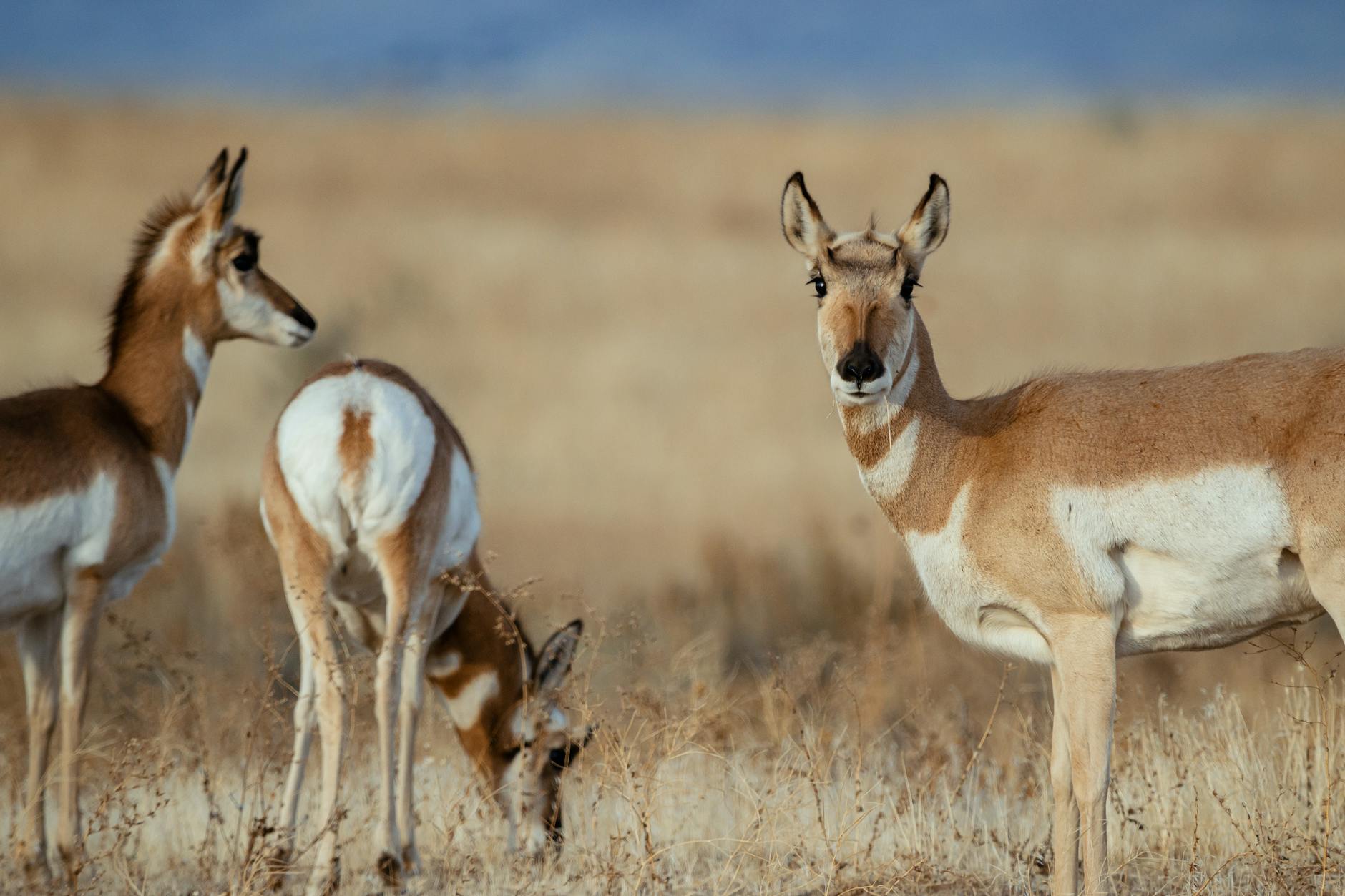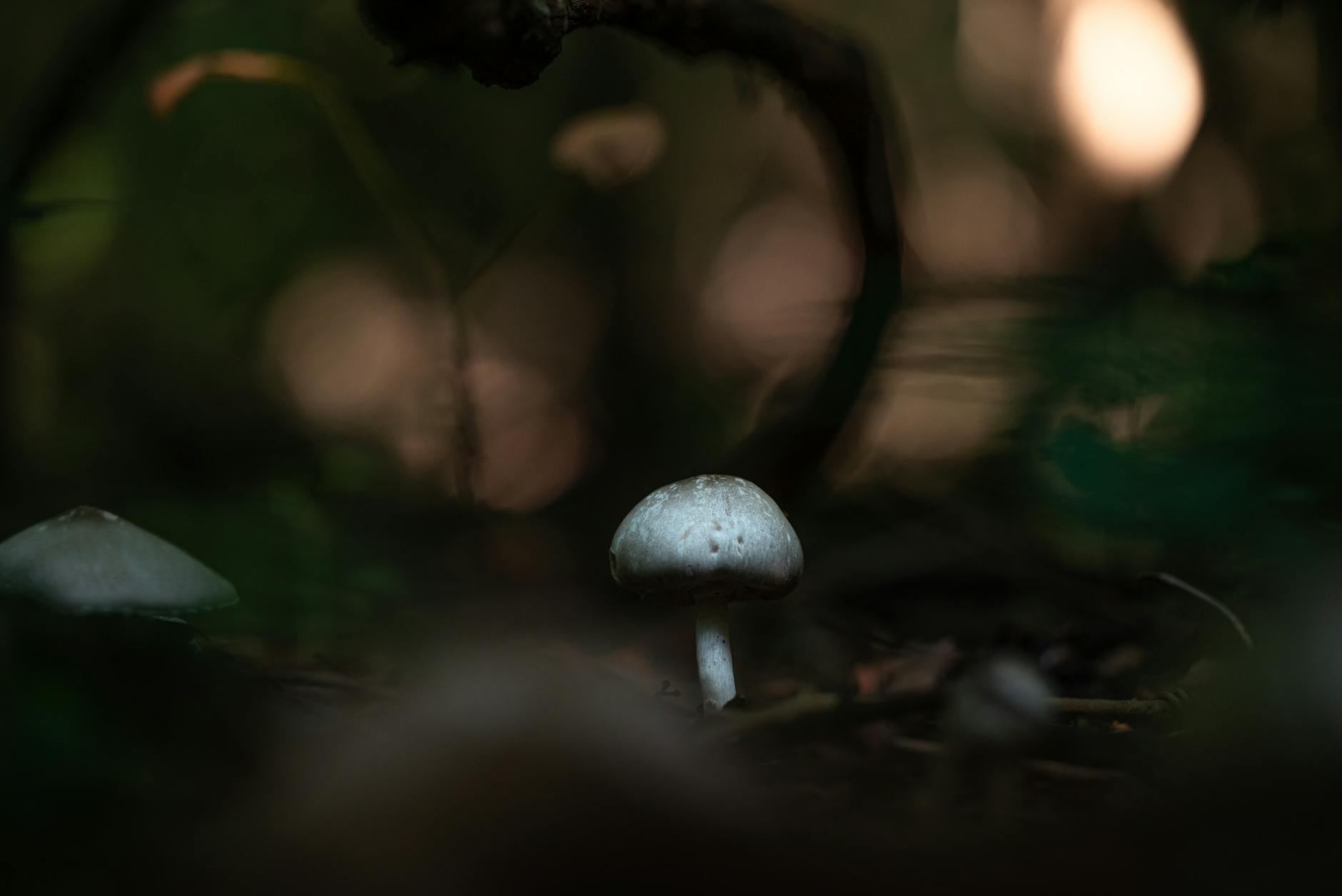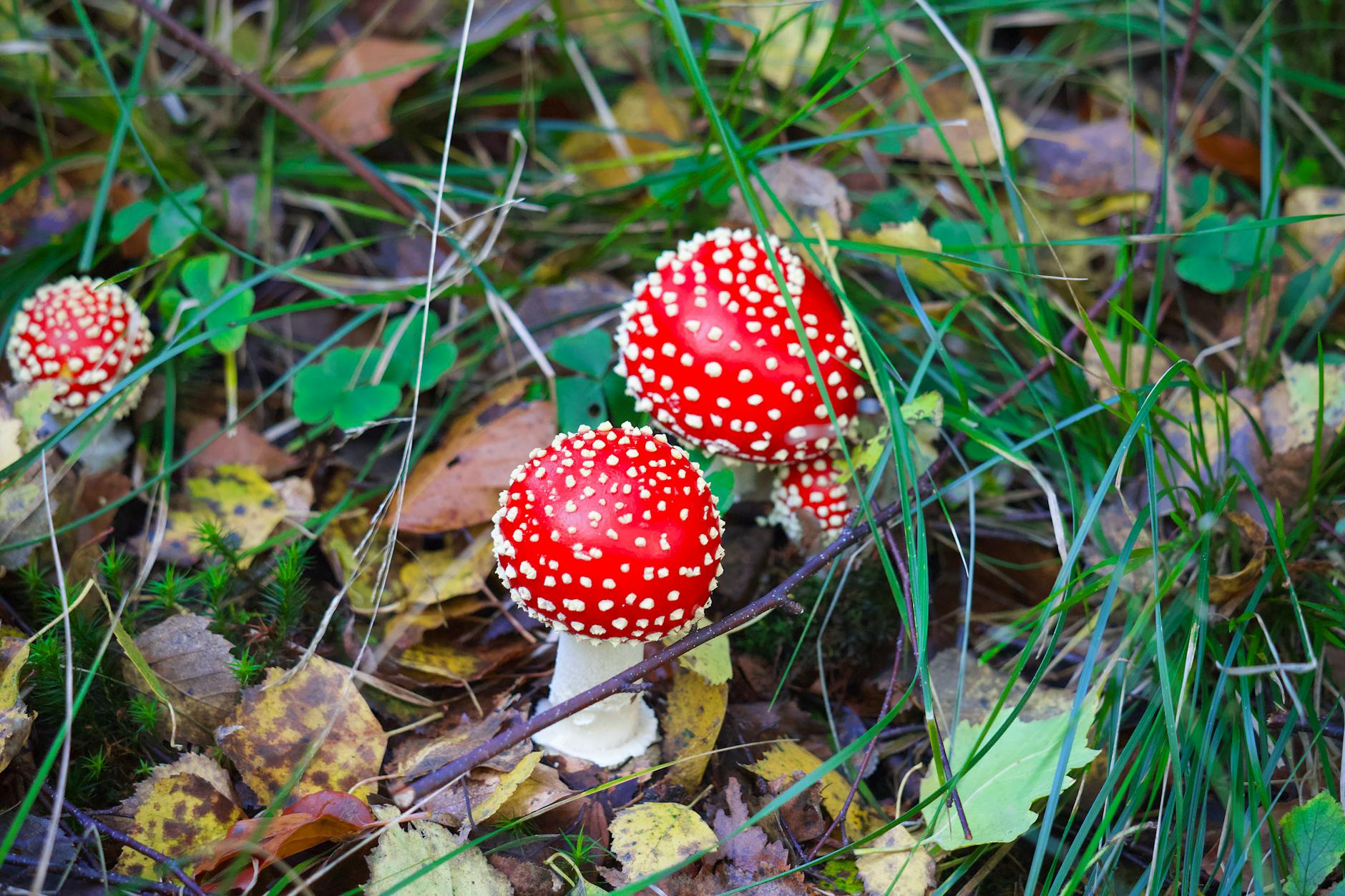Accidental Poisoning: Understanding the Risks of Foraging
Accidental poisoning from foraging is a serious issue that often goes unnoticed in our society. The allure of picking wild plants or mushrooms may seem appealing, but the consequences can be deadly. Shocking statistics reveal the high risks associated with consuming unknown vegetation or fungi. In this article, we will explore the dangers of accidental poisoning, common misconceptions, and how to stay safe while foraging.
The Lethal Allure of Foraging
Foraging has gained popularity in recent years as people seek to reconnect with nature and source their own food. However, without proper knowledge and training, foraging can quickly turn into a dangerous activity. Many wild plants and mushrooms look harmless but are actually toxic when ingested. According to recent studies, cases of accidental poisoning from foraging have been on the rise, resulting in severe health complications and even fatalities.
Understanding the Risks
One of the main risks of foraging is misidentification. Novice foragers may mistake poisonous plants for edible ones, leading to ingestion of harmful substances. Common symptoms of plant poisoning include nausea, vomiting, abdominal pain, and in severe cases, organ failure. In the case of mushroom poisoning, symptoms can be delayed, making it difficult to pinpoint the cause of illness. It is crucial to be able to accurately identify the plants and mushrooms you forage to avoid accidental poisoning.
Shocking Statistics
Recent data on accidental poisoning from foraging highlight the stark reality of the dangers involved. Studies show that a significant percentage of poisoning cases in emergency rooms are related to consuming wild plants or mushrooms. Children are particularly vulnerable to accidental poisoning, as they may be more curious and less discerning when it comes to picking and eating wild vegetation. The statistics serve as a sobering reminder of the risks associated with foraging without proper training and precaution.
Staying Safe While Foraging
To reduce the risks of accidental poisoning while foraging, there are several safety measures that can be implemented. Firstly, always forage with an experienced guide or mentor who can help you identify safe plants and mushrooms. Invest time in learning about local flora and fauna, and carry a reliable field guide with you when foraging. Avoid consuming any plant or mushroom unless you are absolutely certain of its edibility. When in doubt, err on the side of caution and refrain from eating the unknown specimen.
Conclusion
Accidental poisoning from foraging is a serious issue that demands attention and awareness. The shocking statistics surrounding the risks of consuming unknown plants or mushrooms highlight the need for caution and education in this popular activity. By understanding the dangers, taking precautions, and seeking guidance from experienced foragers, we can enjoy the benefits of foraging while minimizing the risks of accidental poisoning. Stay safe, stay informed, and happy foraging!


